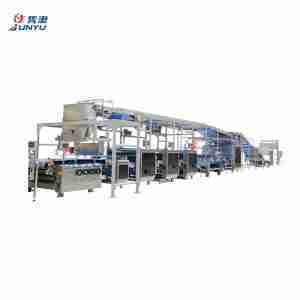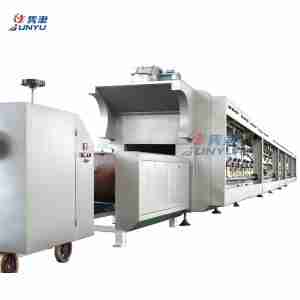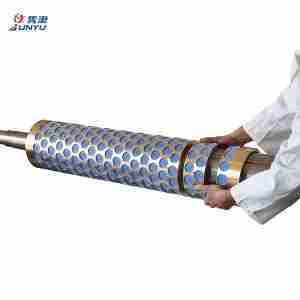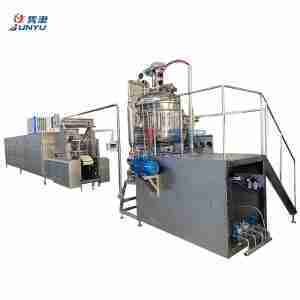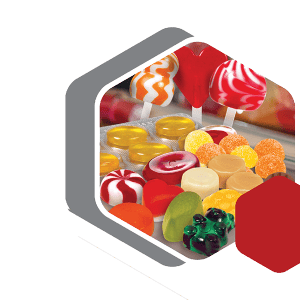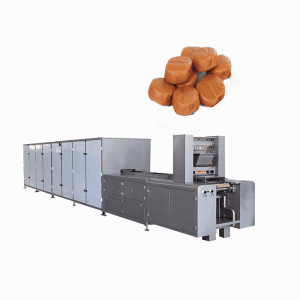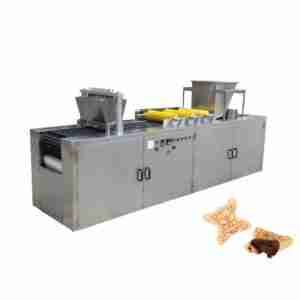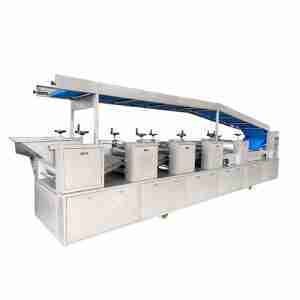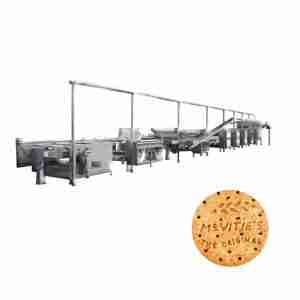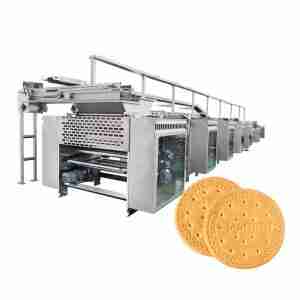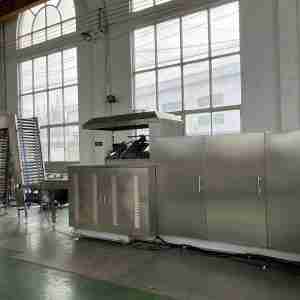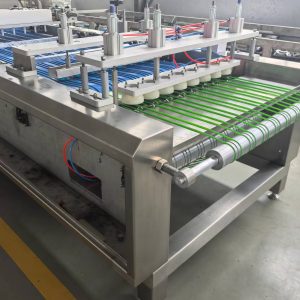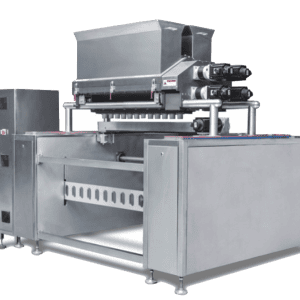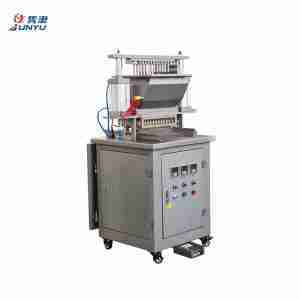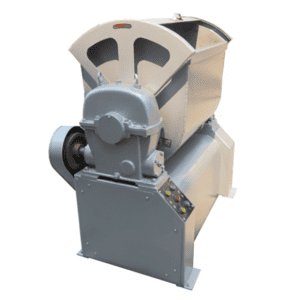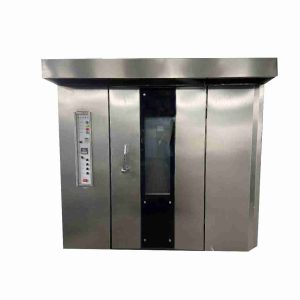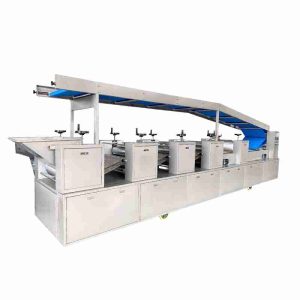If you want to know how biscuit is made in the factories, you must first understand what ingredients it has. Next, you should learn about the Baking process and the Leavening agent. Lastly, you should know about its packaging. The ingredients are the basic ingredients in biscuits. However, there are other important factors that need to be considered when making biscuits in the factories. To understand the process, read this article.
Ingredients
There are several ways to manufacture biscuits in factories. These methods are generally based on the chemistry of biscuit production. Traditionally, biscuit factories use flour from cereal, bean, or potato varieties, and then add fat and other natural materials. They then mold and bake the biscuits to form a soft, delicious treat. Many factories also add flavors to their biscuits, such as chocolate, cocoa, or cream. In addition, the biscuits are then packaged in bags or boxes.
Wheat flour is used to produce biscuits because it contains amylose, a principle starch in the dough. It contributes to dextrinisation, which gives biscuits their desired brown color. Added sugar adds sweetness to the biscuits, and fat helps develop their texture. Biscuits are often flavored with sugar, but do not forget to add fat if you want soft biscuits. Other ingredients used in the production of biscuits include sodium bicarbonate or ammonium bicarbonate. These additives are used to make biscuits with greater volume and more flavor than the raw ingredients.
Baking process
Biscuits are created using a baking process known as the mixing process. Mixing ingredients plays an important role in the structure and texture of the finished product. Water hydrates proteins, resulting in gluten, and starch granules swell and gelatinise. Biscuits with water content greater than 65% of the original flour are called soft dough. The final product is a delicate combination of gluten and starch, and is best served when it is at room temperature or lower than that.
The baking process involves a number of separate ovens known as zones. Each zone contains an oven with a specific capacity. The biscuits are transported in a mild steel continental wire mesh and rise in successive stages with overlaid boundaries inside the oven. Depending on the variety, they need to be golden brown or dark chocolate in colour. After the mixing process, the biscuits are transferred to a cooling device, where they undergo a final quality check.
Leavening agent
A leavening agent is a substance that gives a bread or other baked product its rising power. It adds air to the dough and forms a network of gluten strands. A physical leavening agent, on the other hand, forms steam inside the batter or layers of dough. This gas reaches a maximum volume of 1500 times its unbaked size when the biscuit is baked. Biscuits made in factories need the proper quantity of gas to rise properly.
Domestic baking powders are usually a balanced mixture of sodium bicarbonate and crystalline acid. When mixed with water, they react to form carbon dioxide gas. This gas helps to create the open structure of baked goods. However, domestic baking powders are not commonly used in the production of factory-made biscuits. These substances are usually added separately to self-rising flour, a less expensive and more easily available form of leavening agent.
Packaging
In the process of making biscuits, manufacturers usually produce many different types of packaging materials. Some of the most common ones include laminated film, wax paper, and Bopp films. Each one is specifically designed to fit a specific pack size and shape. Film thickness is measured in microns and cut-off length and width are decided upon before production begins. Biscuits are often packaged in multi-packs for easy retail distribution.
Modern packaging systems are designed to keep products fresh and maximize shelf life while reducing loss due to spoilage. A simple biscuit package can be transformed into an advertising masterpiece. Clever packaging can communicate important information about the product while enticing the customer to purchase. A forward-thinking company will look to modern and cost-efficient packaging systems to meet the challenges of a growing market. In order to stay competitive, manufacturers should consider incorporating new technologies and innovation into their packaging systems.
Why Choose Us?
Shanghai Junyu started as a food equipment manufacturer specializing in various types of machinery for the food industry. Our range includes biscuit making machines, candy making machines, chocolate making machines, wafer making machines, cake making machines, packaging machines, and more. With a commitment to quality and innovation, we strive to provide top-notch equipment to meet the diverse needs of our customers in the food manufacturing sector.
Diverse Product Range: Junyu offers a wide range of food equipment, including biscuit making machines, candy making machines, chocolate making machines, and more, catering to various needs in the food industry.
High-Quality Machinery: Junyu is committed to producing high-quality equipment, ensuring durability, reliability, and efficiency in food production processes.
Innovative Technology: With a focus on innovation, Junyu integrates advanced technology into its machines, enhancing performance and productivity for its customers.
Customization Options: Junyu provides customization options to tailor machinery according to specific customer requirements, ensuring that each machine meets the unique needs of its users.
Expertise and Experience: With years of experience in the industry, Junyu has developed expertise in food equipment manufacturing, offering customers reliable products backed by industry knowledge.
Global Reach: Junyu has a global presence, serving customers worldwide and providing support and service wherever needed.
